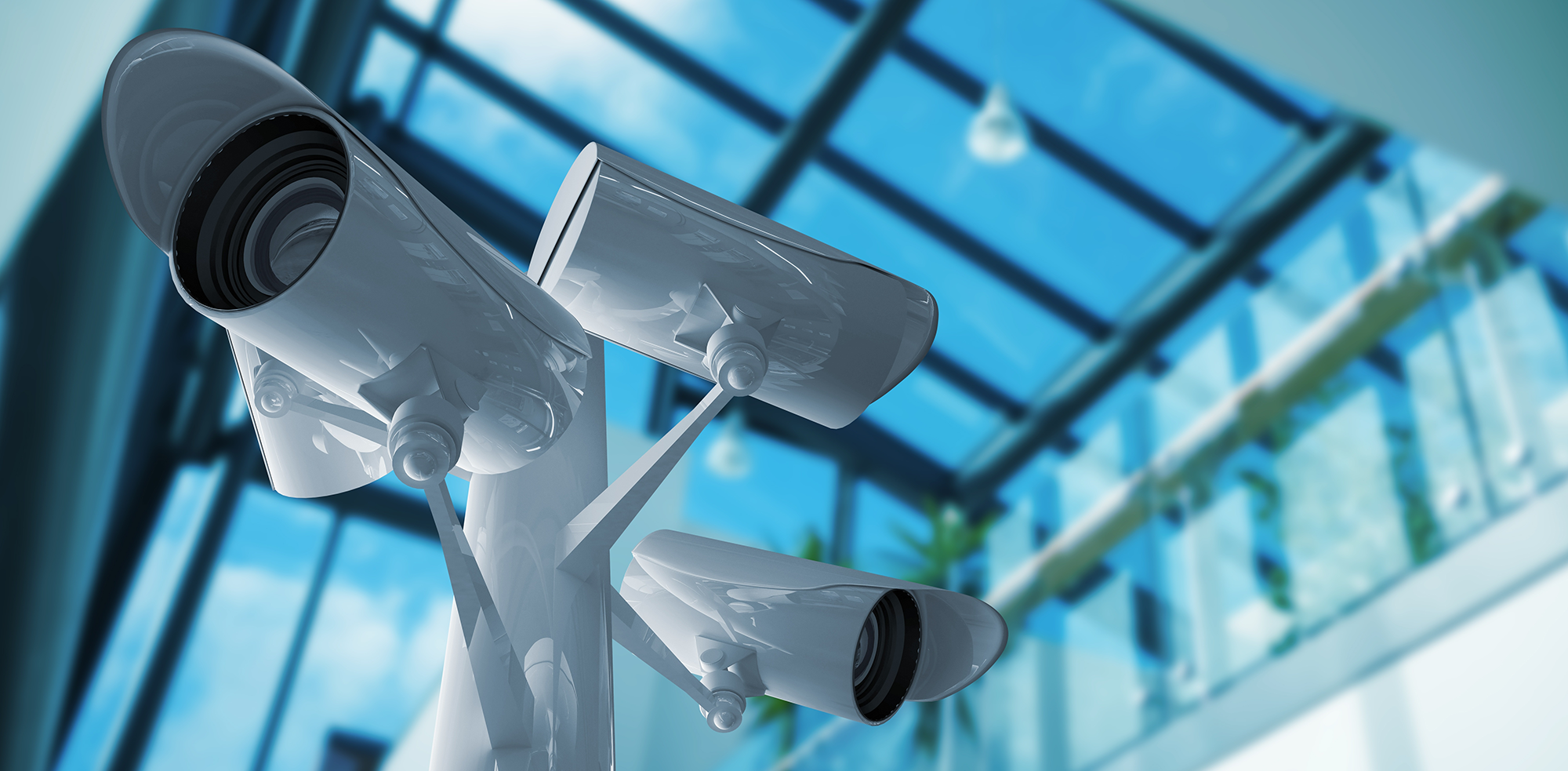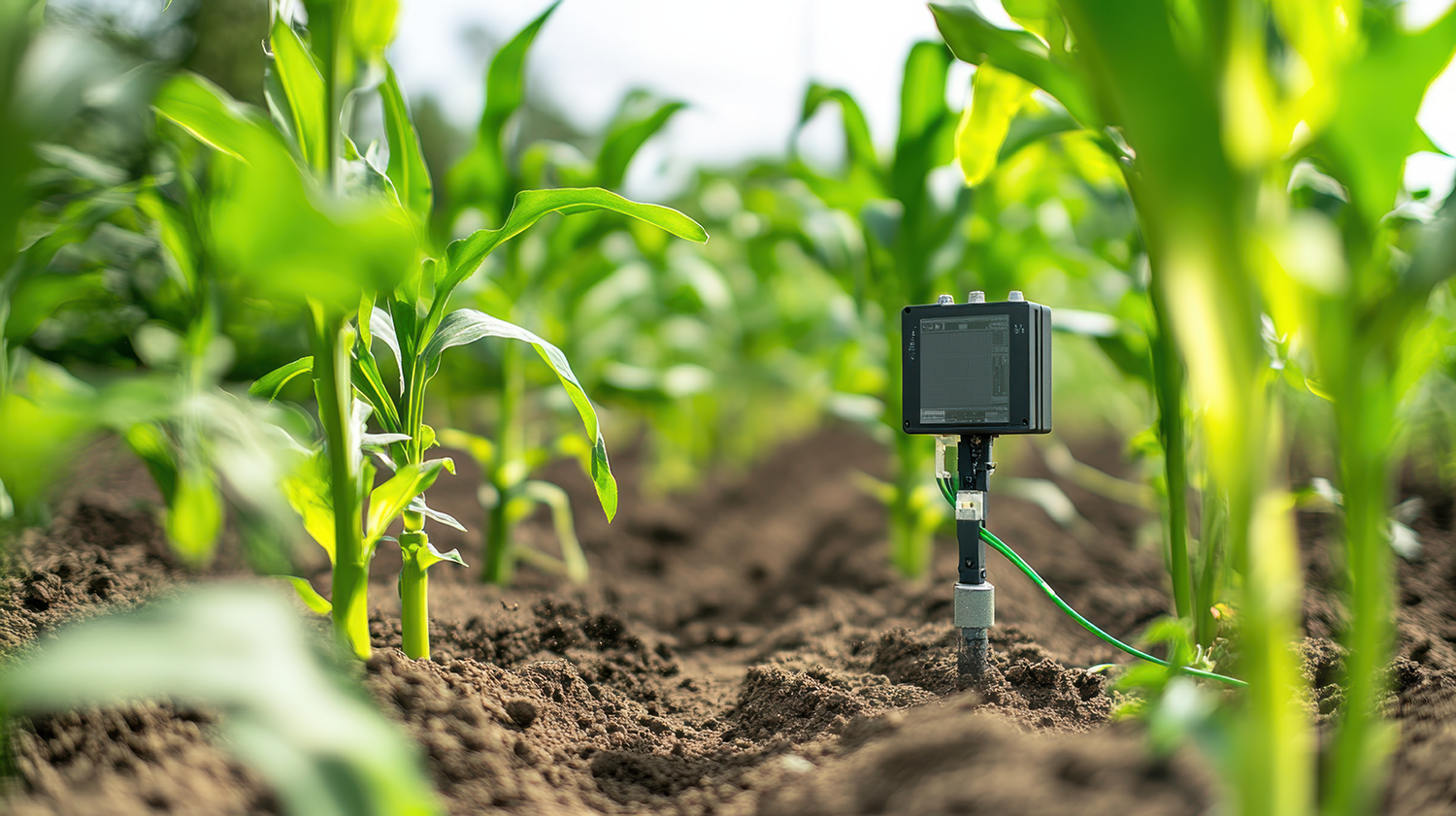
M2M vs IoT: The Key Differences and Use Cases for Each

As businesses continue to embrace digital transformation, the terms ‘Machine-to-Machine’ (M2M) and the ‘Internet of Things’ (IoT) are often used interchangeably.
While the two technologies are related, they serve distinct roles in connected ecosystems across industries, including logistics, manufacturing, security, retail, education, and heavy industry.
Understanding their differences is critical for choosing the right solution to improve efficiency, visibility, and scalability across an organisation.
Read on to discover more about M2M vs IoT and explore the key differences, use cases, and how each drives connectivity, insights, and smarter business operations.
The Key Differences and Use Cases for M2M vs IoT
What is M2M?
M2M technology has developed to meet the needs of industrial businesses, where reliable communication is key for operations in tough environments.
M2M communication refers to the direct exchange of data between devices using wired or wireless networks, without the need for human intervention.
This approach works well for M2M devices that need a seamless connection without the added complexity of linking to wider systems.
M2M technology has been around for decades and underpins many legacy connected systems; think vending machines sending restock alerts, fleet trackers transmitting GPS data, or utility meters reporting consumption to central servers.
These solutions typically rely on cellular or fixed network connections to send data from one endpoint to another, often using a private APN or VPN for security.
Key Characteristics of M2M:
- Point-to-point communication between devices or machines
- Operates over cellular or wired networks
- Minimal cloud or platform integration
- Suited for closed, purpose-built systems
- Typically managed at the device or SIM level
M2M Applications and Use Cases
- Vending machines – reporting on stock levels
- Payment terminals – sending transactional data
- Remote monitoring of machinery

What is IoT?
Compared to the direct communication of M2M technologies, IoT offers more advanced connectivity with wider systems.
IoT builds upon M2M but introduces cloud connectivity, data analytics, and multi-device orchestration. IoT devices connect not only to each other but also to platforms and applications that enable advanced insights, automation, and integration with broader business systems.
An IoT ecosystem can involve thousands of sensors, gateways, and applications working together, sharing real-time data through the cloud to enable smarter decisions, predictive maintenance, and remote management.
Utilising this layered approach allows businesses to turn the data they have collected into insights that support proactive decision-making. This is why IoT is a popular choice for embracing digital transformation.
Key Characteristics of IoT:
- Devices connect via the internet through a cloud platform
- Scalable to thousands or millions of endpoints
- Supports analytics, automation, and API integration
- Enables remote monitoring and control through dashboards
- Ideal for multi-application environments and enterprise use
IoT Applications and Use Cases
- Smart Cities – (traffic lights, pollution sensors, energy grids)
- Industrial IoT – predictive maintenance
- Connected logistics and fleet tracking

The Main Differences Between M2M and IoT
The fundamental difference between M2M and IoT is how they are built and what they aim to do.
M2M uses direct, point-to-point communication, enabling devices to talk to each other to perform specific tasks.
On the other hand, IoT uses a connected ecosystem where different systems and devices collect and share data, working together to form an intelligent network.
The way M2M and IoT use data is different too.
M2M data usage focuses on using information for quick actions or simple storage that requires little or no analysis.
IoT uses the data it collects to find patterns and make predictions; both help to support smarter and proactive decision-making.
M2M SIMs vs IoT SIMs: Choosing the Right Technology for Your Business
While M2M focuses on enabling machines to communicate, IoT turns those communications into insights and action. M2M is about connectivity; IoT is about connected intelligence.
For organisations planning their digital roadmap, the most successful strategies often blend both — using M2M connectivity as the foundation and IoT platforms to unlock value through analytics, automation, and integration.
Together, they form the backbone of modern enterprise connectivity, transforming how businesses monitor, manage, and optimise their operations.
Choose Croft for Reliable M2M and IoT Connectivity
Croft offers both M2M SIM cards and IoT SIM cards that offer dependable connectivity across the four major UK networks, including EE, O2, Vodafone, and Three.
Our M2M SIMs and IoT SIMs support high-use devices like tablets, payment systems, and kiosks alongside low-usage devices like sensors and monitoring equipment.
If you are searching for reliable and secure connectivity options for your M2M and IoT technologies, our experts can advise you on the ideal solution for your business.
Contact Croft today to schedule a consultation with our Business Mobile Services team and learn how we can help support your business with M2M and IoT technology.

Lauren Turner
I've worked in the indirect channel for the last 11 years, prior to that working directly with major carriers including 02, Vodafone, and EE, specialising in IoT and Mobile Airtime solutions. This dual perspective provides me with unique insights into how mobile solutions truly work - and, more importantly, where the hidden opportunities lie for your business. What drives me is working closely with organisations to help them unlock the full potential of their mobile services. There's something deeply satisfying about seeing a business transform and accommodating the needs of all your users.
Find out more